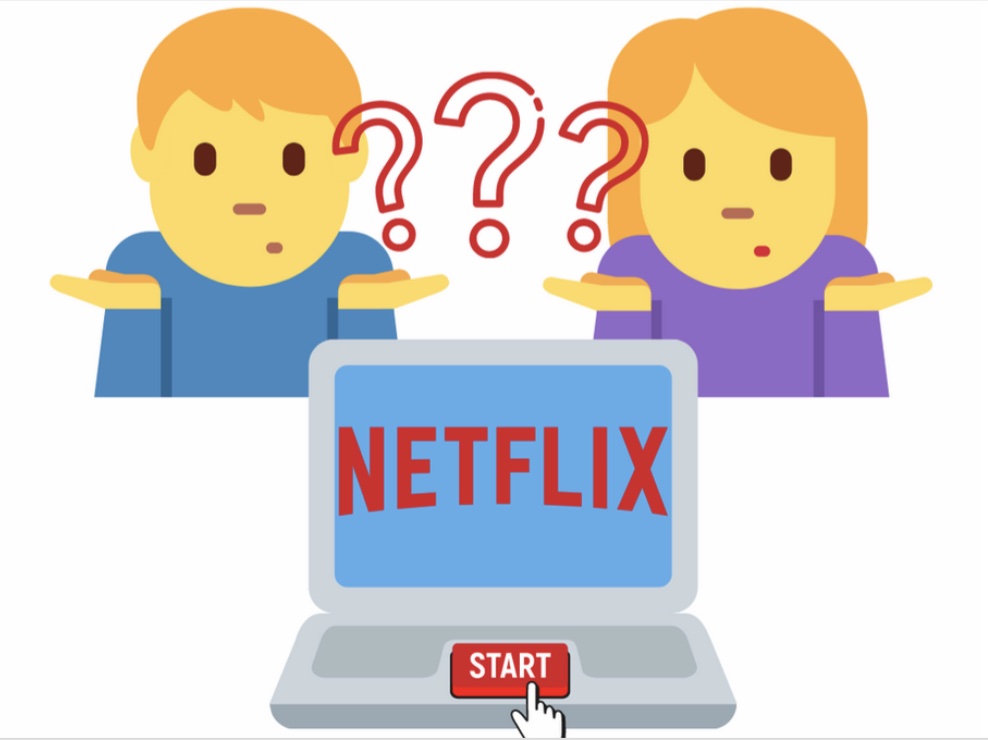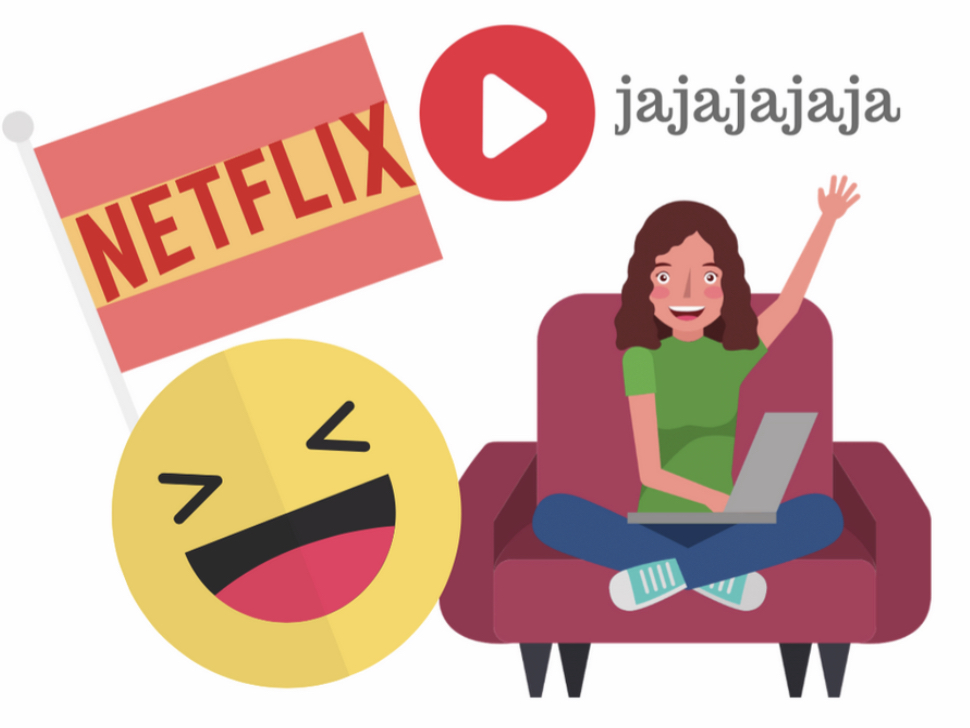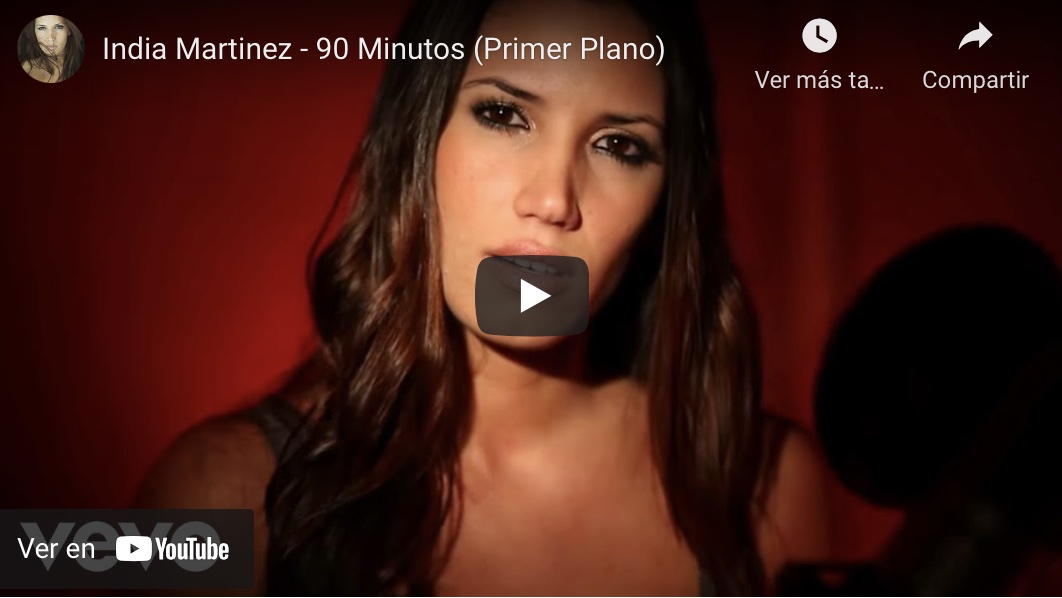Do you already have the perfect tool to learn languages with Netflix on your computer? It allows you to see two subtitles, on the top, the one on the foreign language and below, in your mother tongue. This is very useful to clarify vocabulary doubts and differences in structure; here you have more information.
And what will happen if you are a Spanish student and want to start watching series in original version?

The good news is that you can start at the initial level (A1-A2) with Spanish audio (VO) and subtitles in your language to get used to the sound and length of the sentences. You will be able to understand some words such as pronouns (I, you, he, etc.), numbers, some basic verbs (my name is, I have, I am, I am, etc.) and vocabulary of daily life. However, if you have two subtitles with the tool that I have mentioned above, most of the time you will look at those for your language.
From an intermediate level (B1) you can feel more comfortable and understand many phrases of the dialogue, in addition, you can watch the subtitle in Spanish (VO) most of the time, without consulting the one in your language. This motivates you, makes you want to watch more series and consequently, you increase your vocabulary while improving your listening comprehension.
At the advanced level (B2-C1) you only have the subtitle in Spanish. You feel quite “pro”, you enjoy watching series and movies a lot, although you do not stop learning new colloquial vocabulary or expressions. You are more sensitive to perceiving accents and you pay more attention to details that you previously overlooked, such as cultural references about history, famous people, brands and other relevant concepts about the country and time in which the plot takes place. Here in this level, it will arrive a moment where you will finally find confident enough to leave the subtitles behind! Or maybe not, because you are be very used to them and make you feel more comfortable.





